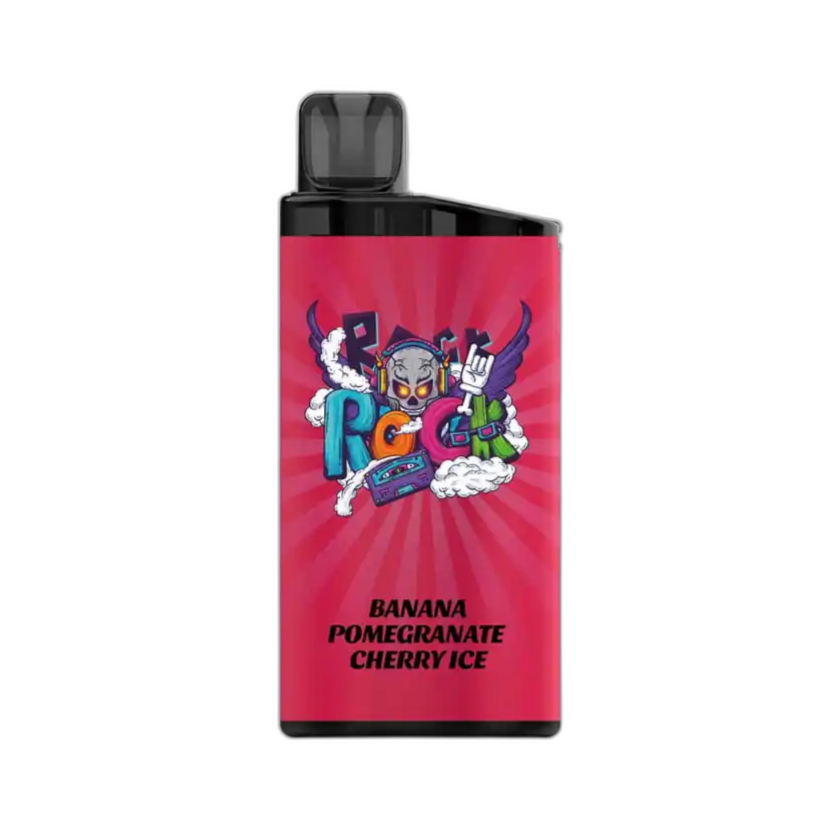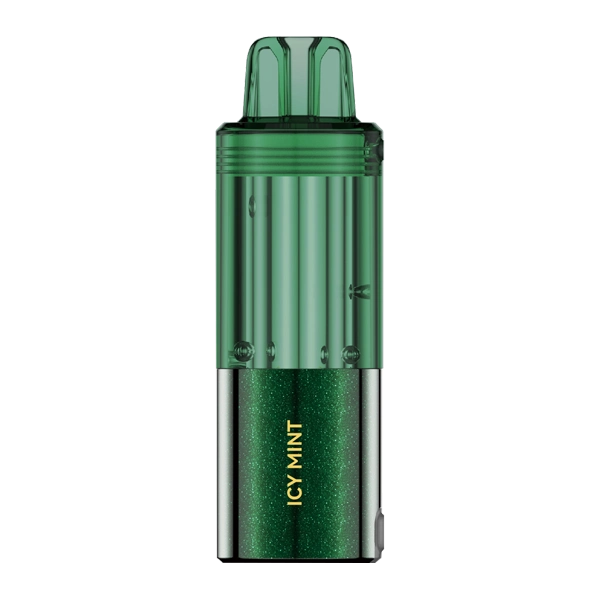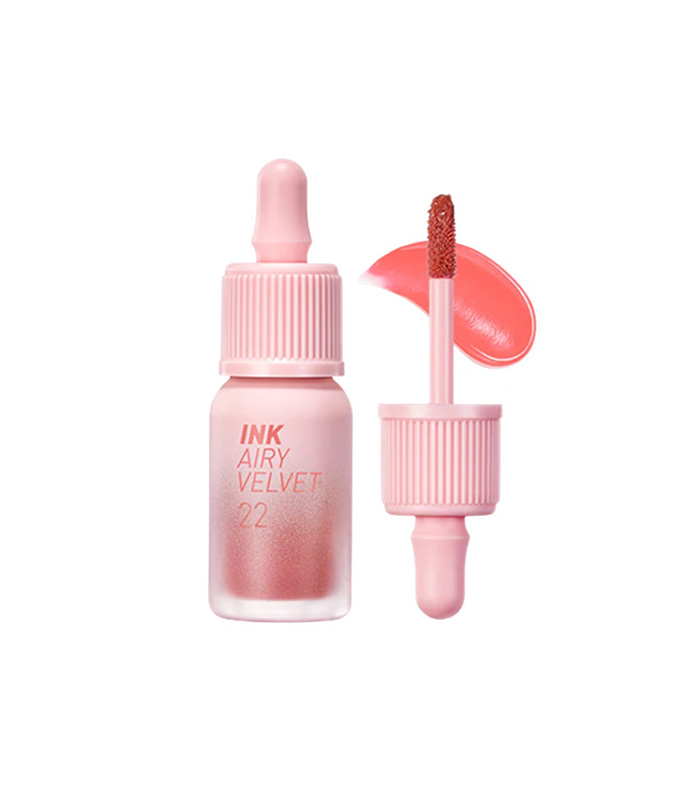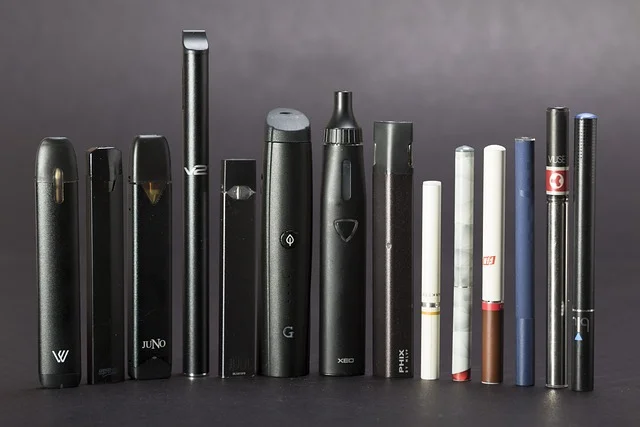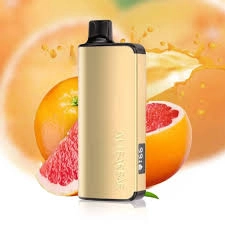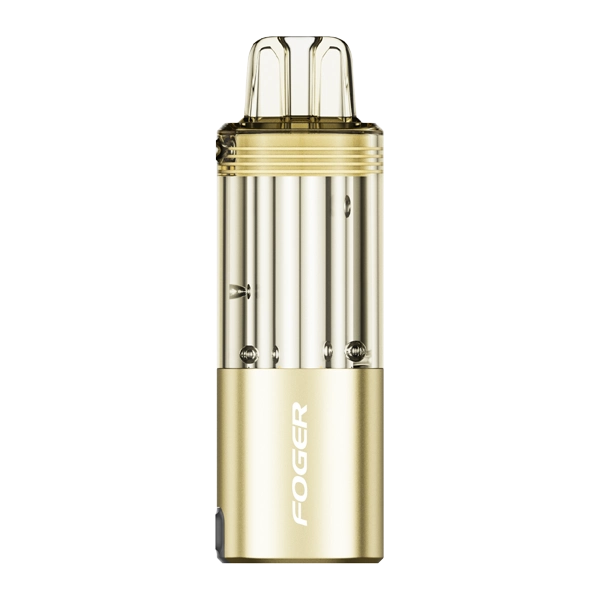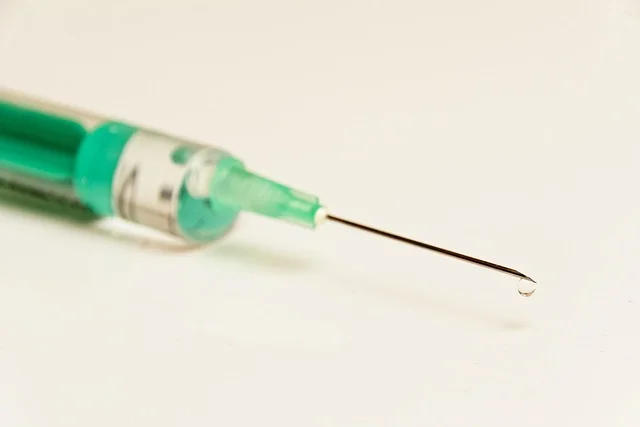Nicotine Juice Australia: Your Guide to Legal Vaping & Where to Buy
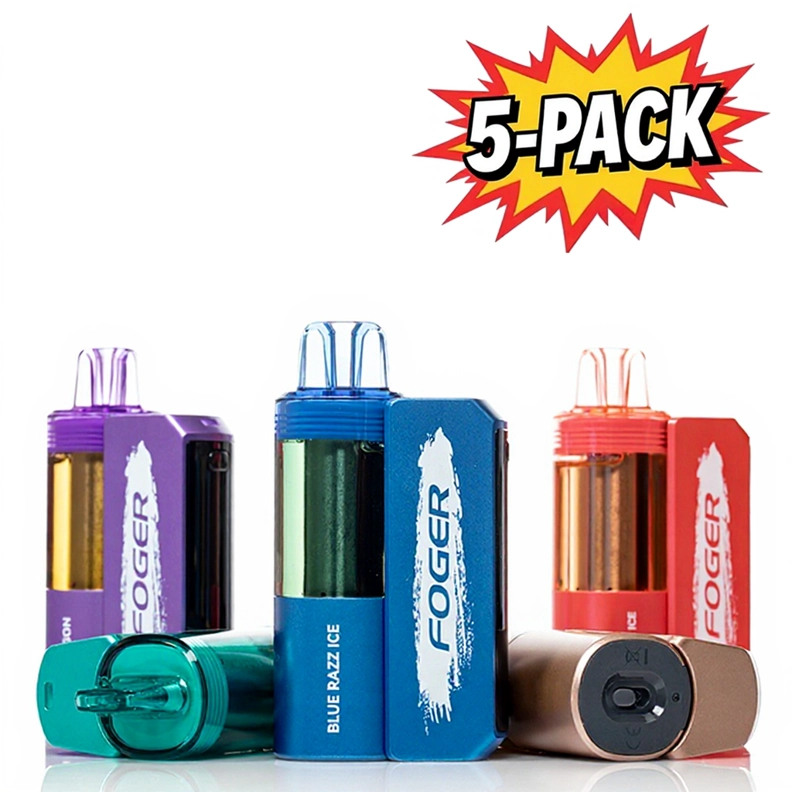
Article Overview
🚀 Key Takeaways
- A valid prescription from an Australian doctor is legally required to purchase and import nicotine juice for personal use.
- It is illegal for any Australian retailer to sell nicotine e-liquid directly to consumers over the counter.
- Personal importation of a three-month supply of nicotine juice from overseas vendors is permitted if you have a prescription.
- Always verify that any overseas vendor you use is compliant with Australian Therapeutic Goods Administration (TGA) importation rules.
- Fines and penalties can apply for attempting to possess nicotine e-liquid without the necessary prescription.
Introduction & Definition
Nicotine juice, commonly referred to as e-liquid or vape juice in the Australian market, is the fundamental component that fuels electronic cigarettes and vaping devices. This specialised liquid is heated by the device’s atomiser to produce the inhalable aerosol, or vapour, that users consume. Unlike traditional tobacco products, nicotine juice does not involve combustion, which eliminates many of the harmful byproducts associated with smoking.
In Australia, the landscape for nicotine juice is uniquely governed by specific regulations. It’s crucial for consumers to understand that while the sale of nicotine-containing e-liquid is heavily restricted without a prescription, the discussion around its use, harm reduction potential, and availability remains highly relevant. The base of most nicotine juices consists of propylene glycol (PG) and vegetable glycerin (VG), which carry the flavourings and the nicotine. The PG/VG ratio significantly influences the vaping experience, with higher PG ratios delivering a stronger ‘throat hit’ and higher VG ratios producing denser vapour clouds.
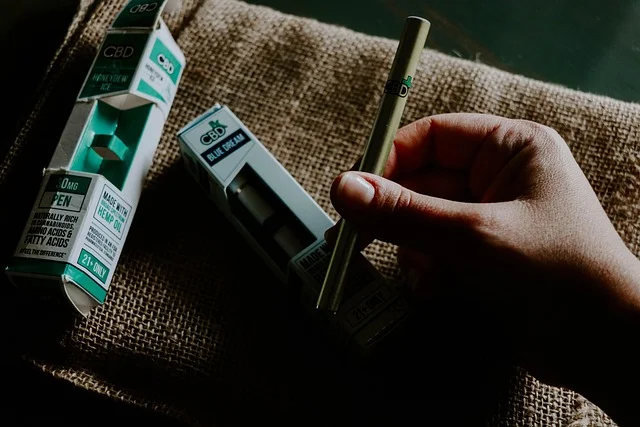 A selection of popular nicotine juice bottles and vaping devices on a table in a modern Australian home setting
A selection of popular nicotine juice bottles and vaping devices on a table in a modern Australian home setting
The Australian market offers a vast spectrum of flavours, from traditional tobacco and menthol to an extensive array of fruits, desserts, and beverage-inspired concoctions. This variety is a key driver behind the adoption of vaping as an alternative for many adult smokers. For instance, products like the Banana Milkshake FLONQ Max Pro exemplify the creative dessert profiles available. It’s important to note that all nicotine vaping products purchased legally from overseas require a doctor’s prescription, a regulation enforced by the Therapeutic Goods Administration (TGA).
Understanding the concentration of nicotine, measured in milligrams per millilitre (mg/mL) or as a percentage, is paramount. Australian users typically encounter strengths ranging from low (e.g., 3mg/mL) for casual use to high strengths (often 20mg/mL or more, commonly found in nicotine salt formulations) designed to satisfy heavy smokers. Navigating this market requires a clear understanding of both personal preference and the legal framework to ensure a compliant and satisfying experience.
Market Comparison & Analysis
The Australian nicotine juice market is a complex and rapidly evolving sector, distinct from many other countries due to its prescription-based model for nicotine-containing products. Despite regulatory hurdles, the market has shown significant growth, driven primarily by adult smokers seeking alternatives. The value of the Australian vaping products market is substantial, with estimates suggesting it involves hundreds of thousands of users and represents a commercial activity worth hundreds of millions of AUD annually.
The market is broadly segmented into two channels: the legal prescription pathway and a significant grey market. The legal pathway involves Australians obtaining a prescription and importing nicotine e-liquids for personal use from overseas vendors, a model that has seen a steady increase in user registrations. Conversely, the grey market, consisting of domestic sales without a prescription, remains pervasive, particularly in major metropolitan areas like Sydney, Melbourne, and Brisbane, where access is reportedly easier despite enforcement efforts.
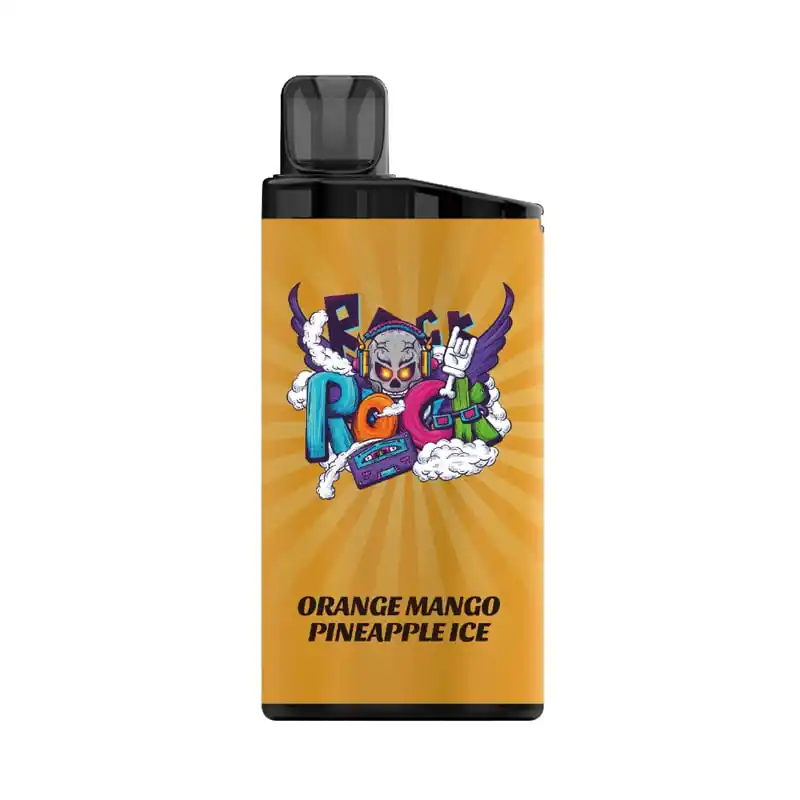 Graph comparing the estimated size of the legal prescription market versus the grey market for nicotine products in Australia
Graph comparing the estimated size of the legal prescription market versus the grey market for nicotine products in Australia
Pricing within the Australian context is highly variable. On the legal market, consumers face the cost of the product plus shipping from international suppliers. Popular disposable devices like the Watermelon Icy FLUM Mello, often found in the grey market, retail for around $19.90 AUD in cities like Perth and Adelaide. For bottled e-liquids, prices typically range from $20 to $40 AUD for a 30mL bottle, depending on the brand, flavour, and nicotine strength. High-capacity disposable devices, such as the ALIBARBAR INGOT Blackberry Ice 9000 Puffs which offers an extensive puff count, command a higher price point, often between $25 and $35 AUD.
Consumer demand heavily favours convenience, leading to the dominance of pre-filled pods and disposable vapes. Fruit and ice blends are consistently the top-performing categories, reflecting a preference for refreshing and sweet profiles. Competition is fierce, not on price alone but on flavour innovation, device reliability, and brand reputation. While international brands have a strong presence, there is a growing segment of Australian-made e-liquids (0mg nicotine) that cater to the local palate, though they require separate nicotine addition by the user under the prescription model. This complex ecosystem makes the Australian market one of the most regulated yet dynamically competitive in the world.
User Experience & Case Studies
The lived experience of Australian nicotine juice users is deeply intertwined with the country’s unique regulatory environment. For many, the journey begins as a search for a less harmful alternative to combustible cigarettes. Take Mark, a 42-year-old construction manager from Brisbane, who smoked a pack a day for over two decades. “Getting a prescription was a bit of a hassle initially,” he admits, “but being able to legally order my preferred strengths online gave me peace of mind. I started with tobacco flavours but now I’m all about the fruits.”
 A person discreetly using a vaping device at a designated outdoor area in Melbourne
A person discreetly using a vaping device at a designated outdoor area in Melbourne
User preferences vary significantly across different demographics and regions. In Sydney and Melbourne, there’s a noted trend towards premium, complex flavour profiles and sleek, pod-based systems. For example, Sarah, a graphic designer in Melbourne, swears by her device using the Cherry Lemon FLONQ Max Pro ZERO for its balance of sweet and sour notes. “It’s discreet and doesn’t produce massive clouds, which is perfect for my lifestyle,” she says. The price of $15.99 AUD fits comfortably within her weekly budget, a significant saving compared to her previous cigarette expenditure.
Conversely, in other areas, the experience is often defined by accessibility to the grey market. A university student in Canberra, who wished to remain anonymous, explained: “Everyone knows where to get them without a script. It’s easier and faster, even if you’re never quite sure about the quality control.” This highlights a significant challenge: the disparity between the intended legal framework and the on-the-ground reality for many users seeking convenience.
Overall, the consensus among Australian users who have successfully transitioned is overwhelmingly positive regarding the experience itself—the variety of flavours, the control over nicotine intake, and the absence of smoke odour. The primary pain points universally revolve around navigating the legalities, the cost and wait times of international shipping for those complying with the law, and concerns about inconsistent product quality in the unregulated segments of the market. These case studies underscore a market driven by consumer demand for harm reduction, albeit within a complex and often challenging regulatory structure.
Purchase Guide & Recommendations
Navigating the purchase of nicotine juice in Australia requires careful consideration of both the law and product quality. Your first and most critical step is to consult with a doctor to discuss your intention to use vaping as a method to quit smoking and to obtain a prescription. This prescription is legally required to import and possess nicotine e-liquid for personal use. Without it, you risk facing significant penalties.
Once you have a prescription, you can legally purchase from overseas online retailers. When selecting a product, prioritise reputable vendors known for quality control and transparent ingredient listing. Consider your device compatibility; a high-VG juice is ideal for sub-ohm devices for cloud production, while a higher-PG or nicotine salt juice is better for low-wattage pod systems for a stronger throat hit and nicotine satisfaction. For those seeking a convenient all-in-one solution, disposable vapes like the Watermelon Icy FLUM Mello are a popular choice, offering a specific number of puffs for a predictable cost.
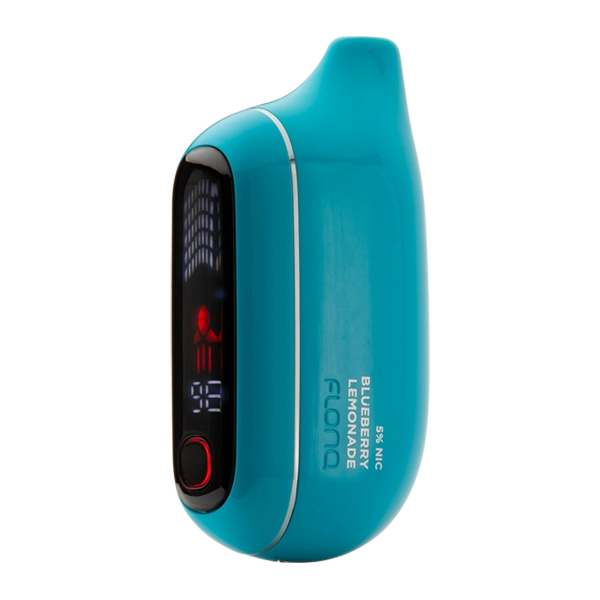 A checklist graphic for Australian consumers: 1. Get a prescription 2. Choose a reputable vendor 3. Select your flavour 4. Check nicotine strength 5. Confirm device compatibility
A checklist graphic for Australian consumers: 1. Get a prescription 2. Choose a reputable vendor 3. Select your flavour 4. Check nicotine strength 5. Confirm device compatibility
Flavour selection is highly subjective. If you are transitioning from smoking, you might start with tobacco or menthol profiles. However, don’t be afraid to explore other categories. Fruity and icy blends are immensely popular for their refreshing quality. For a reliable and satisfying option, the Banana Milkshake FLONQ Max Pro offers a classic dessert flavour at a reasonable $15.99 AUD. Always start with a smaller bottle or a single disposable device to test a new flavour before committing to a larger purchase.
Finally, be a smart consumer. Compare prices across different legitimate platforms, keeping in mind that the cheapest option is not always the best in terms of quality and safety. Factor in shipping costs and delivery times from international suppliers. Store your nicotine juice in a cool, dark place away from children and pets. By following these guidelines, Australian consumers can make informed, legal, and satisfying choices in the nicotine juice market.
❓ Frequently Asked Questions
Is nicotine vaping legal in Australia?
Yes, but with strict regulations. Australian adults can legally access nicotine vaping products only through prescription from a registered medical practitioner. This applies to both nicotine-containing e-liquids and devices.
How much does nicotine juice cost in Australia?
Prices vary depending on bottle size and nicotine strength. A typical 30ml bottle of nicotine juice ranges from $20-$35 AUD when purchased with a valid prescription. Higher quality or imported products may cost up to $50 AUD per bottle.
Where can I legally purchase nicotine juice in Australia?
You can purchase nicotine vaping products from Australian pharmacies with a valid prescription. Some doctors may also provide access through the Therapeutic Goods Administration’s Personal Importation Scheme for importing from overseas suppliers.
Are there any safety standards for nicotine juice in Australia?
Yes, the Therapeutic Goods Administration regulates nicotine vaping products as prescription medicines. Legal products must meet quality and safety standards, including child-resistant packaging and accurate labeling of ingredients and nicotine concentration.
How does vaping compare to smoking cigarettes in Australia?
While not risk-free, vaping nicotine is considered less harmful than smoking traditional cigarettes. The Royal Australian College of General Practitioners recognizes vaping as a potential harm reduction tool for smokers unable to quit through other methods.
Can I travel with nicotine juice within Australia?
Yes, but you must carry your prescription with you. Airlines and other transport services require documentation for nicotine vaping products. Different rules may apply when traveling to different states, so check local regulations beforehand.
How to Legally Obtain and Use Nicotine Juice in Australia
- Consult with a GP: Book an appointment with an Australian doctor to discuss nicotine vaping as a smoking cessation tool.
- Obtain a prescription: If appropriate, your doctor will provide a prescription specifying nicotine strength and quantity.
- Purchase from pharmacy: Take your prescription to a participating pharmacy to purchase TGA-approved products.
- Or import legally: If using the Personal Importation Scheme, provide your prescription to an overseas supplier who will verify it before shipping.
- Store safely: Keep nicotine juice in its original child-resistant container, away from children and pets.
- Use appropriately: Follow your doctor’s instructions on usage frequency and nicotine strength.
- Dispose responsibly: Return unused nicotine products to a pharmacy for safe disposal.
About the Author
Dr. Sarah Chen, is a Sydney-based respiratory specialist with over 15 years of experience in smoking cessation and harm reduction. As a member of the Thoracic Society of Australia and New Zealand, she has contributed to national guidelines on nicotine vaping therapies. Dr. Chen regularly presents at Australian medical conferences and has published numerous papers on tobacco harm reduction in Australian medical journals.

